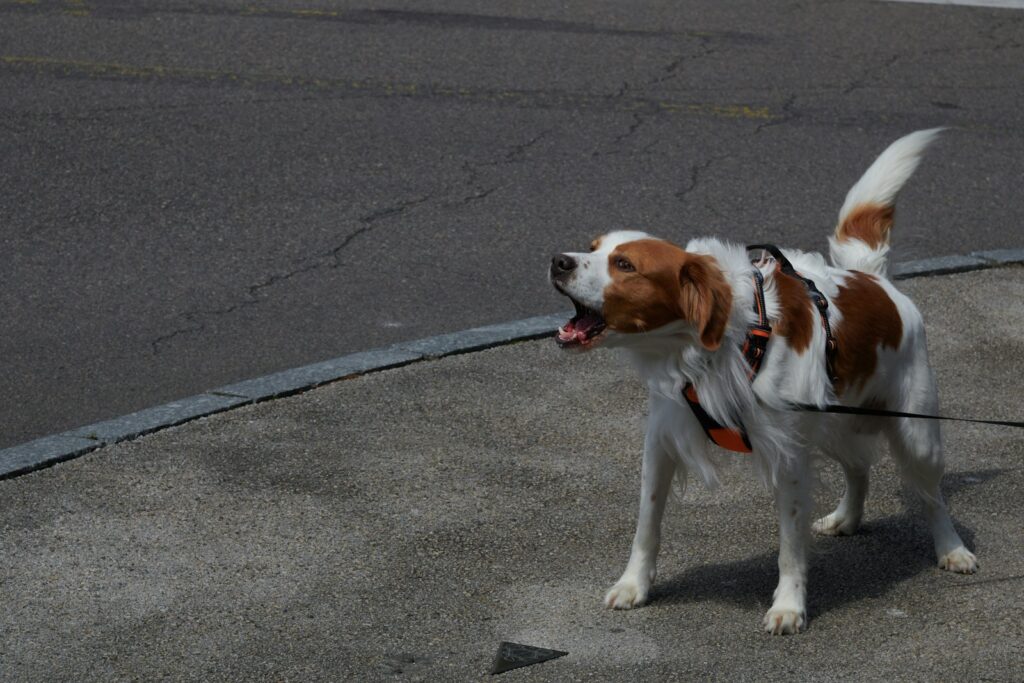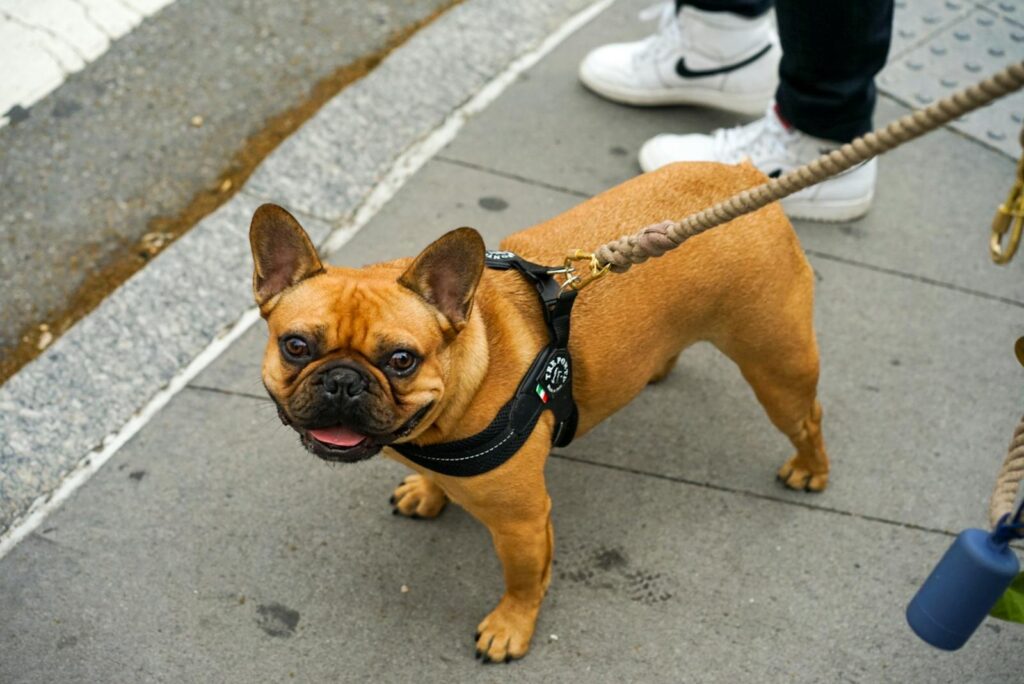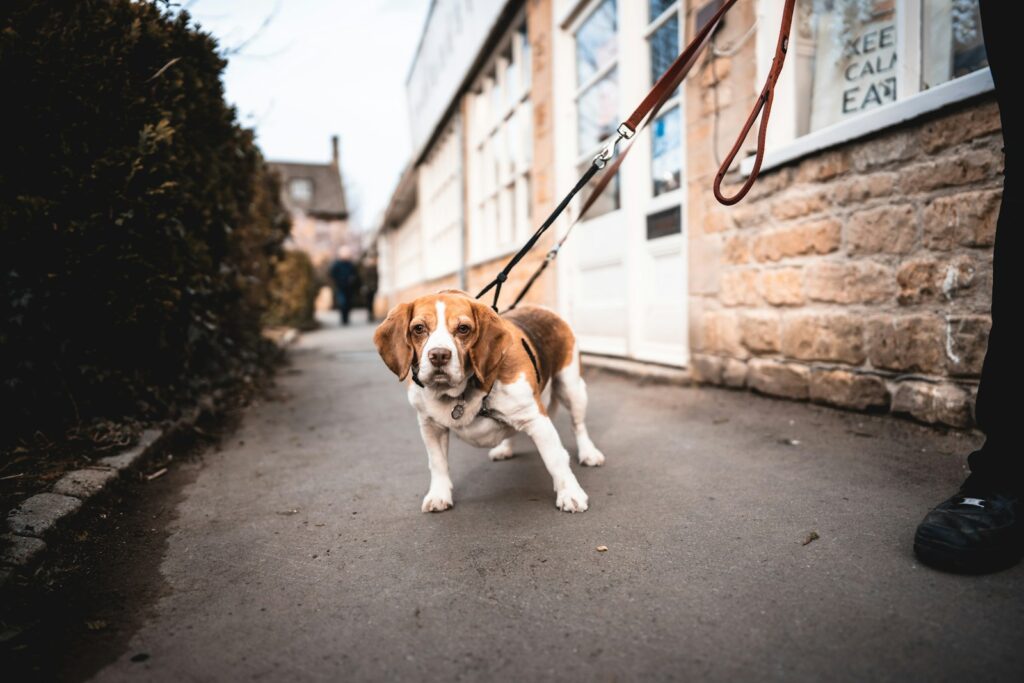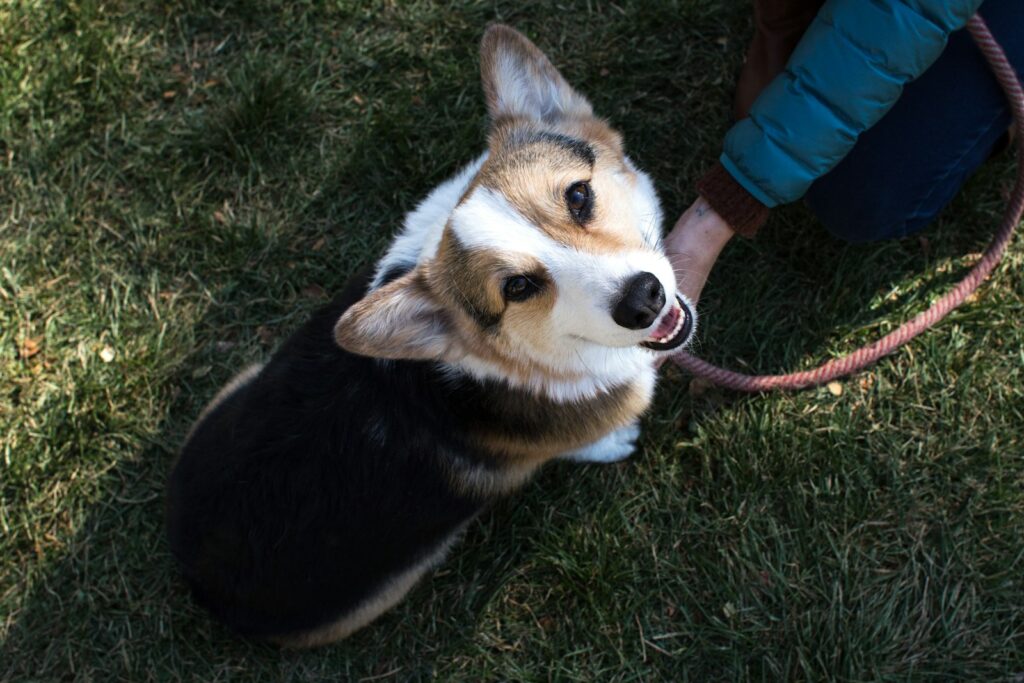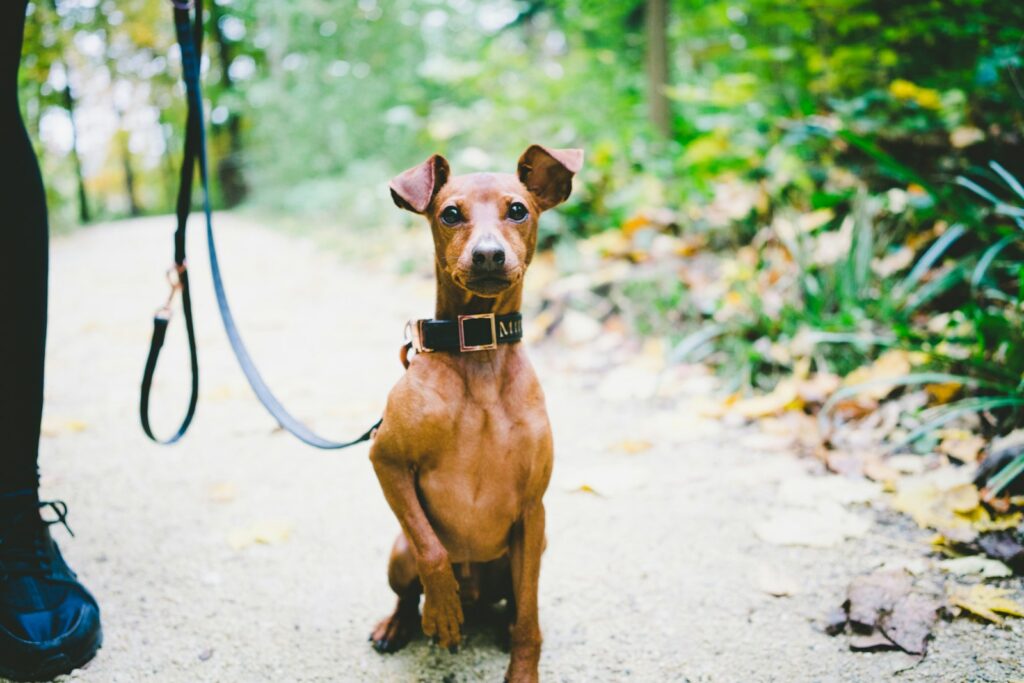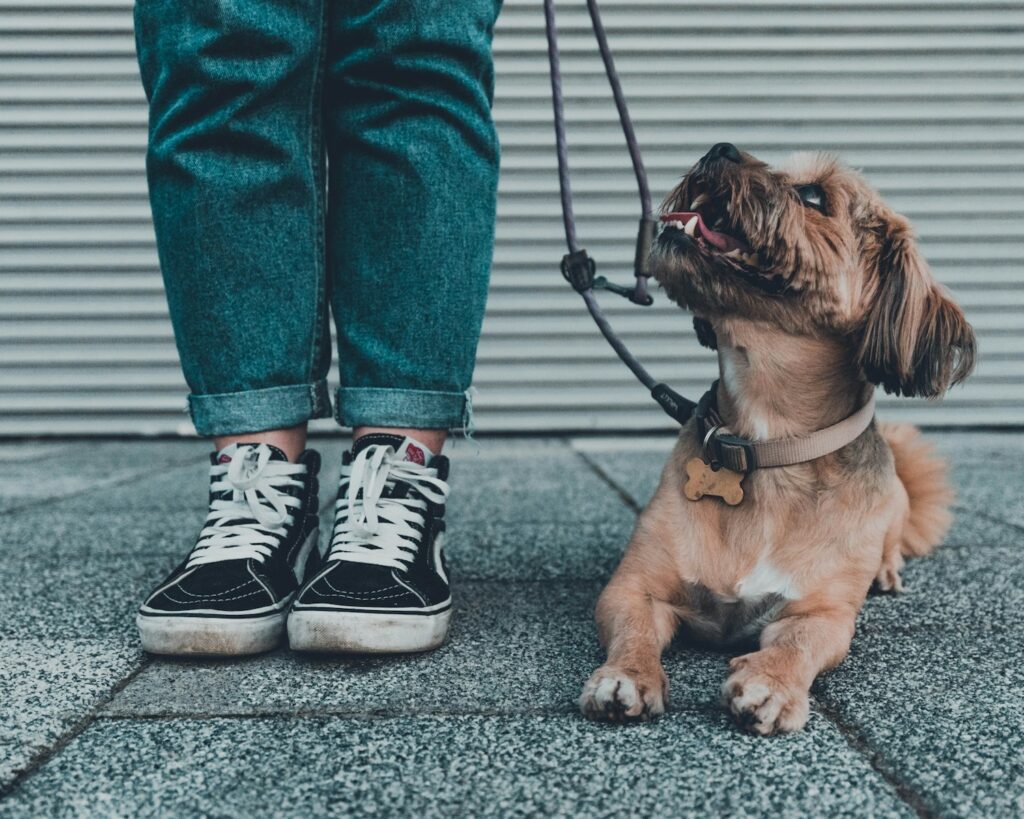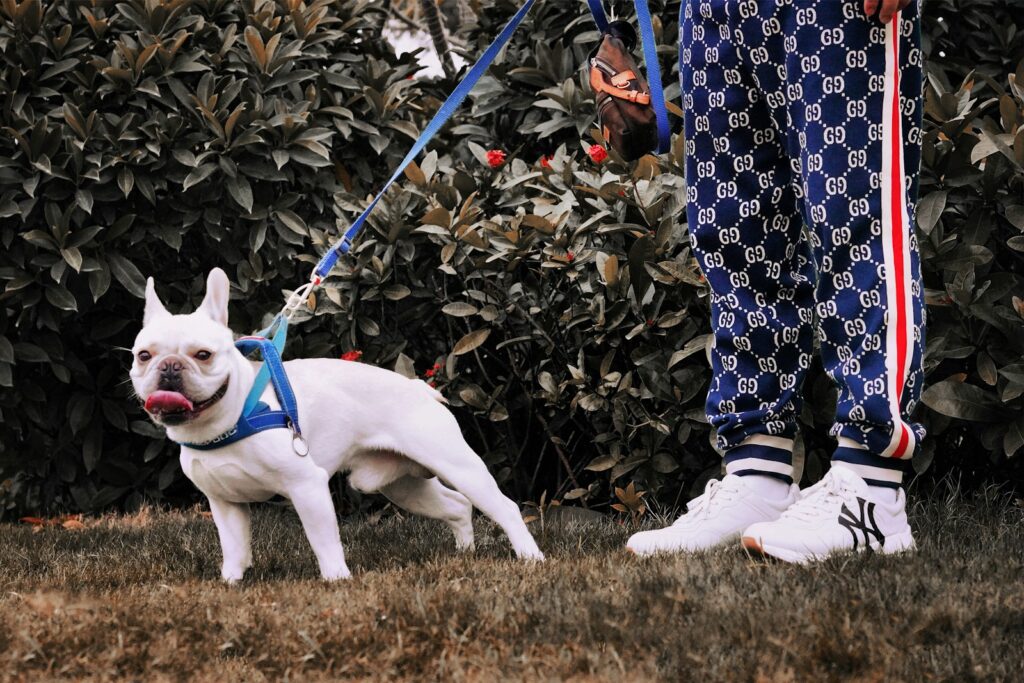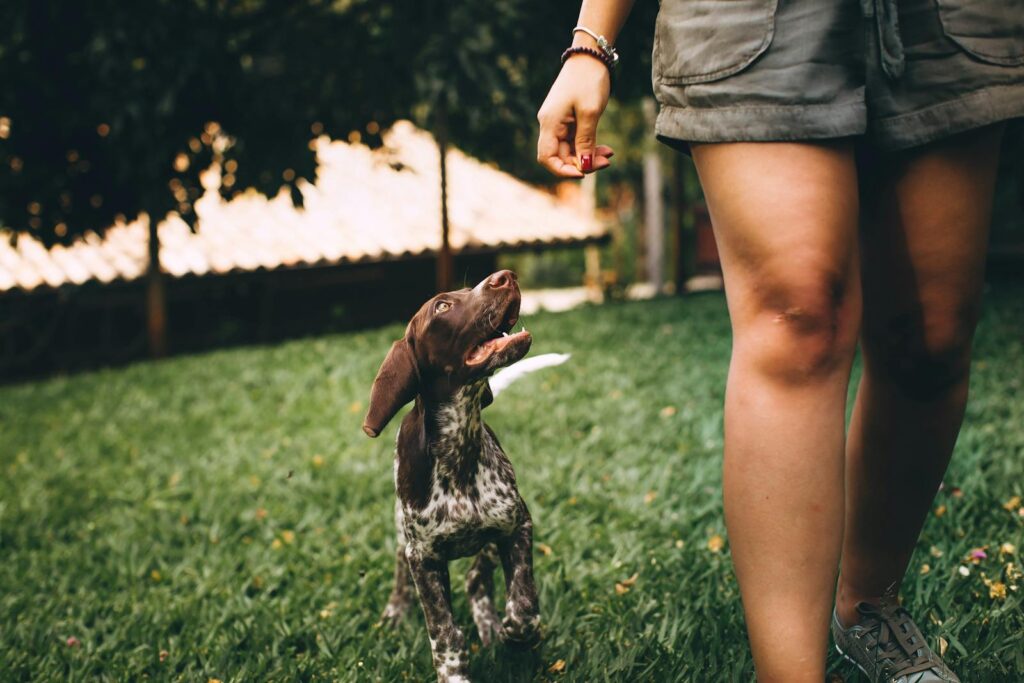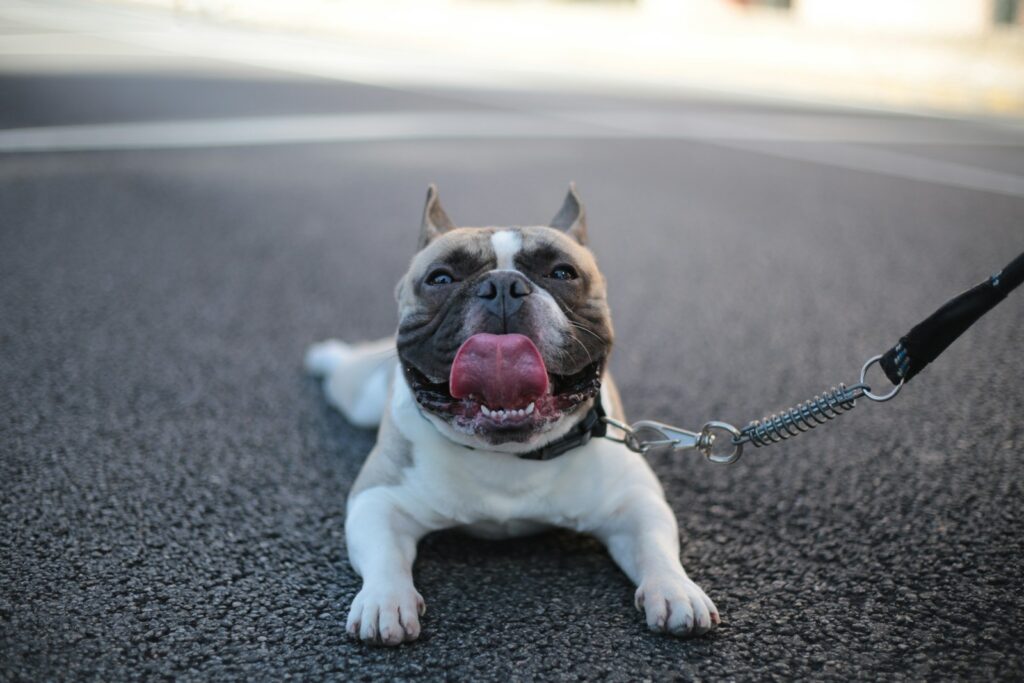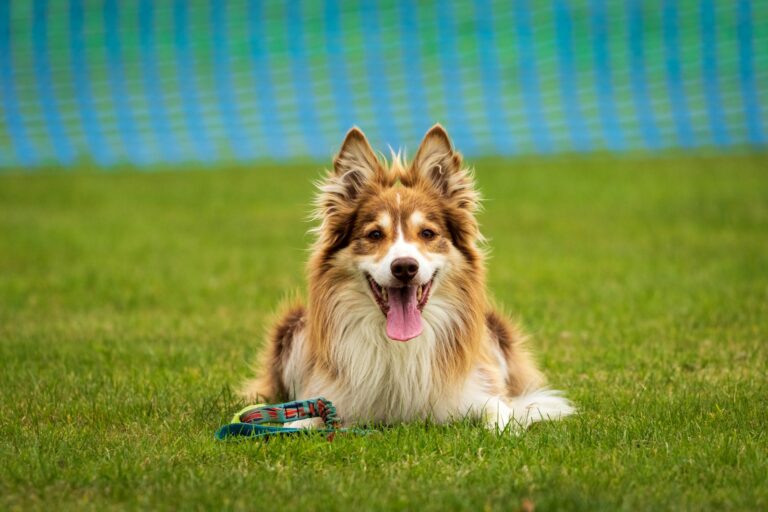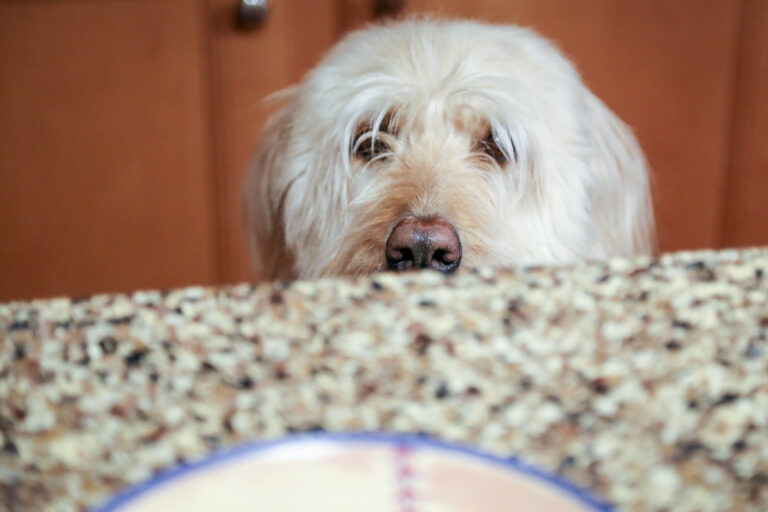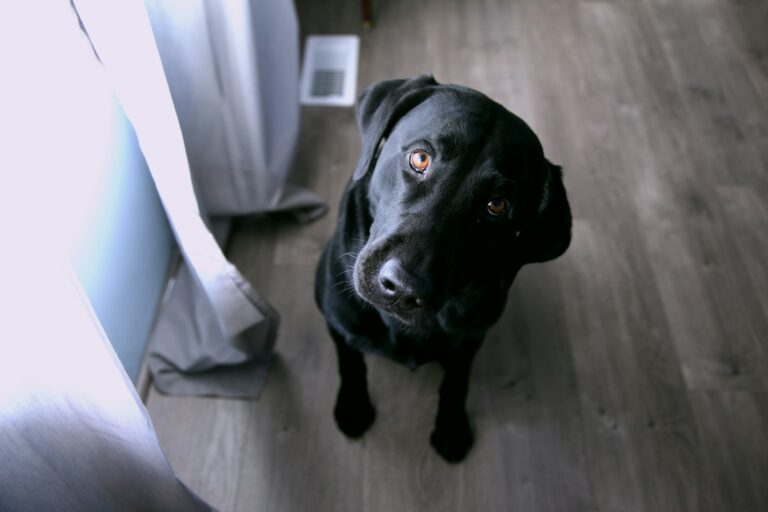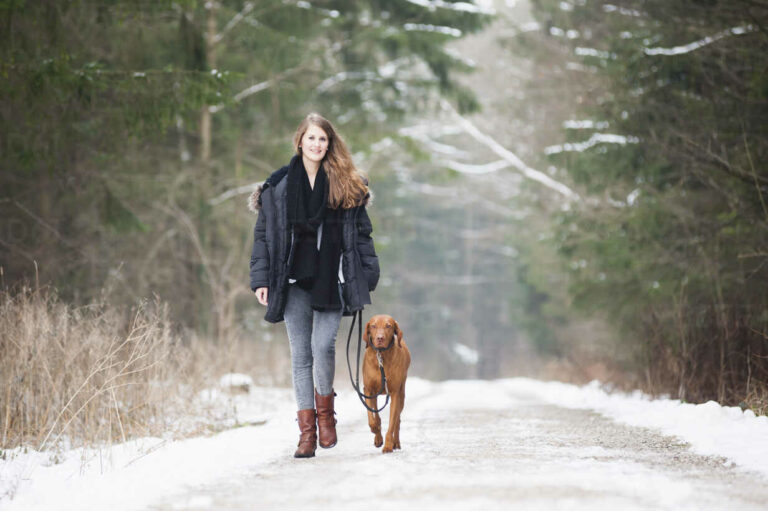Leash Reactivity 101: What It Is and What to Do About It
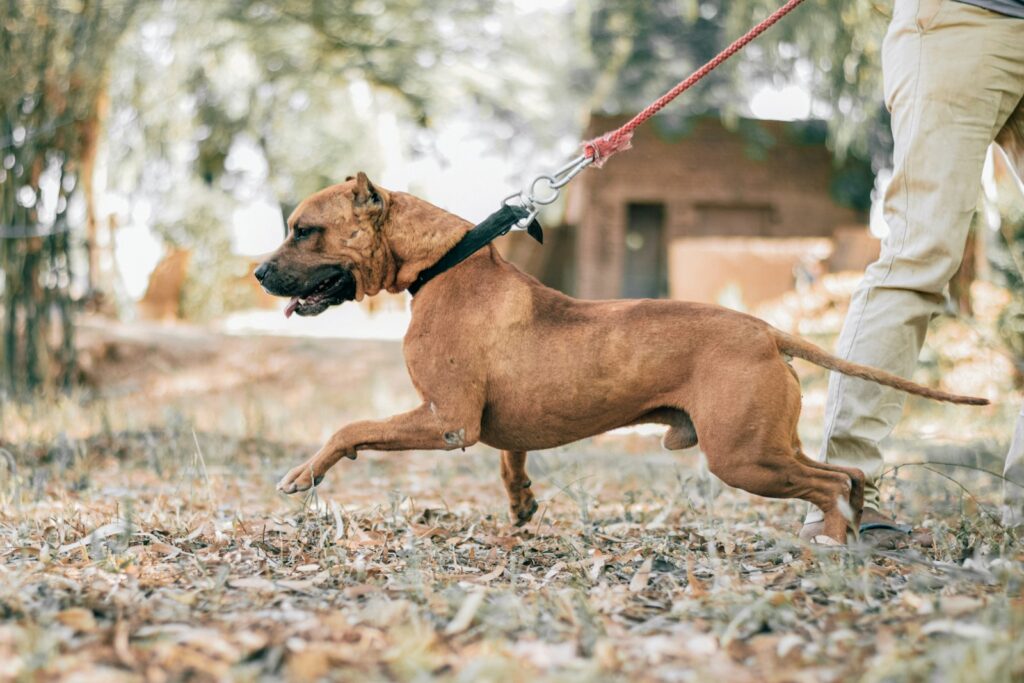
You’re walking your dog through downtown Missoula or along the trails in the Bitterroot Valley, and suddenly—your calm walk turns into chaos. Your dog is barking, lunging, or growling at another dog, person, or bike. Sound familiar?
That’s leash reactivity, and it’s one of the most common issues we help dog owners overcome at Off Leash K9 Training Missoula.
Let’s break down what leash reactivity is, what causes it, and—most importantly—how to fix it.
What Is Leash Reactivity?
Leash reactivity is when a dog becomes overly stimulated, frustrated, fearful, or aggressive while on leash in response to a trigger, like:
-
Other dogs
-
Strangers
-
Bikes, joggers, or strollers
-
Wildlife or loud noises
Your dog might bark, growl, pull hard, lunge, or shut down completely. Off leash, that same dog may be totally fine—which only adds to the confusion.
What Causes Leash Reactivity?
There are several reasons dogs become reactive on leash, including:
-
Frustration – They want to say hi but can’t reach
-
Fear – They feel trapped and lash out defensively
-
Lack of exposure – They haven’t been taught how to behave around triggers
-
Inconsistent handling – Confusing corrections or nervous energy from the leash holder
-
Poor communication – The dog doesn’t know what you want from them in the moment
The good news? No matter the cause, we can help your dog feel calmer, more confident, and under control.
How to Tell If Your Dog Is Reactive
You might notice:
-
Stiff body language or fixed staring
-
Growling or barking at dogs, people, or objects
-
Lunging toward triggers
-
Whining, pacing, or high arousal on walks
-
Total meltdown when a distraction appears
Reactivity can look like aggression—but it often comes from confusion or overstimulation, not actual intent to harm.
5 Steps to Help Your Reactive Dog
1. Stop Avoiding the Problem
It’s tempting to walk your dog at odd hours or avoid triggers altogether—but that only reinforces fear or frustration.
Instead:
-
Work with a plan in controlled environments
-
Expose your dog gradually under supervision
-
Don’t flood them with triggers—they need success, not survival
2. Use the Right Tools
A standard collar or harness often offers no control during a reactive outburst.
We recommend:
-
A properly fitted e-collar or prong collar for clear communication
-
A 4–6 ft leash for control (no retractables)
-
Calm, confident handling—not panic
We teach you how to use your tools humanely and effectively for results that last.
3. Build Foundational Obedience
Without structure, your dog can’t focus—especially under pressure.
We start with:
-
Heel (walk beside you, not ahead)
-
Place command to teach calm stillness
-
Recall to redirect and guide your dog away from triggers
-
Impulse control drills in public
Our clients see huge changes once their dog has a job to do during stressful moments.
4. Reinforce Calm, Not Chaos
If your dog barks and pulls and you respond by:
-
Petting them (“It’s okay”)
-
Tightening the leash
-
Or trying to drag them away…
You may be accidentally reinforcing the behavior.
We’ll teach you to:
-
Stay calm and neutral
-
Reward calm behavior only
-
Correct poor choices with clarity, not emotion
5. Work With a Professional
Leash reactivity doesn’t fix itself—and trial and error can make things worse. We’ve helped dogs across Missoula and the Bitterroot Valley overcome reactivity through:
-
One-on-one behavior training
-
Board & train programs for fast, structured results
-
Real-world exposure with our calm, neutral dogs
-
Balanced methods that build trust and leadership
It’s Not About “Fixing” Your Dog—It’s About Teaching Them a Better Way
Your dog isn’t broken. They’re overwhelmed and doing the best they can with what they know. Our job is to teach them a calmer, more confident way to respond to the world around them.
We’ve helped countless reactive dogs go from barking, lunging, and avoiding walks to calmly passing other dogs on trails, sidewalks, and in the neighborhood.
📍 Contact us at 406-946-3037 or fill out the form below to schedule your consultation and start helping your reactive dog feel safe and successful again.

